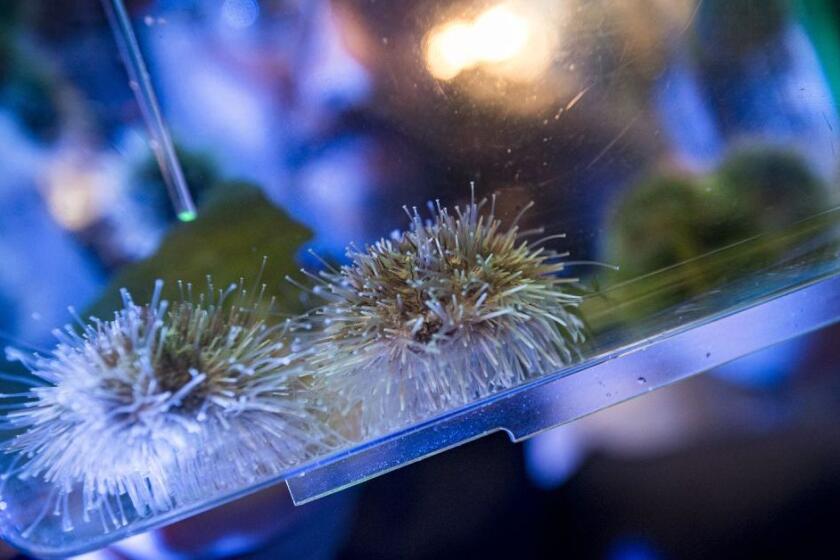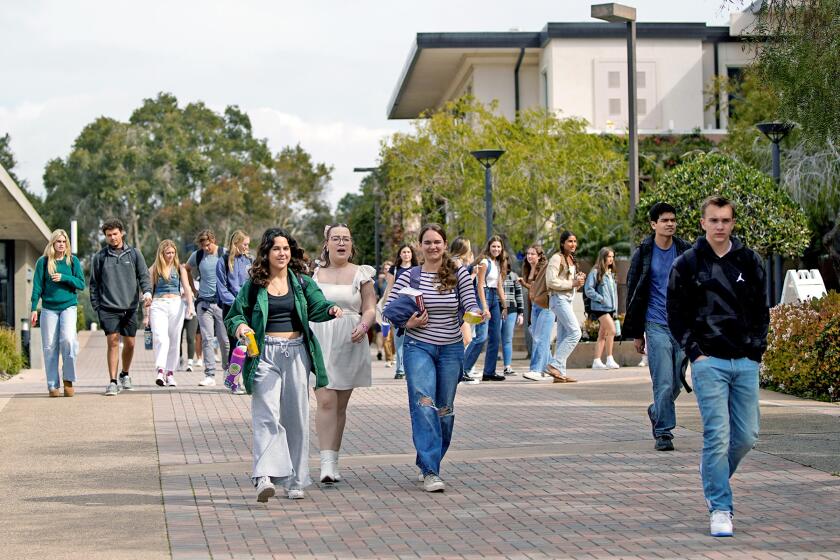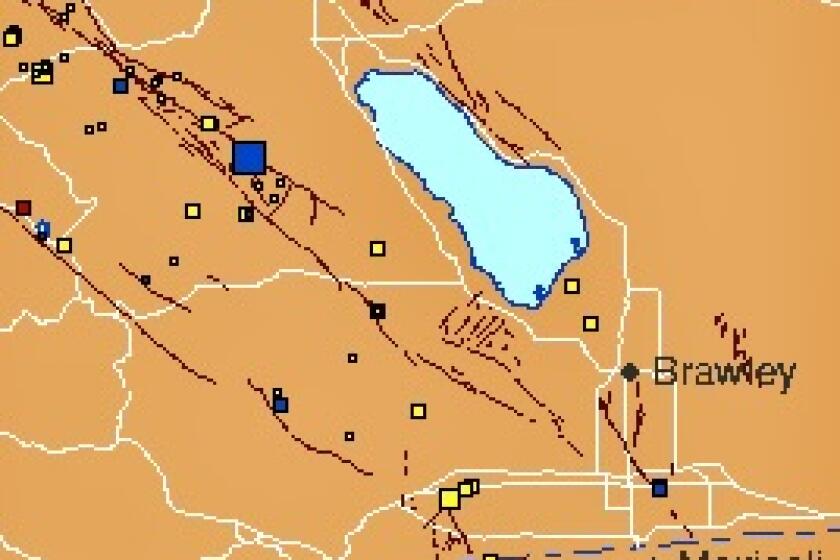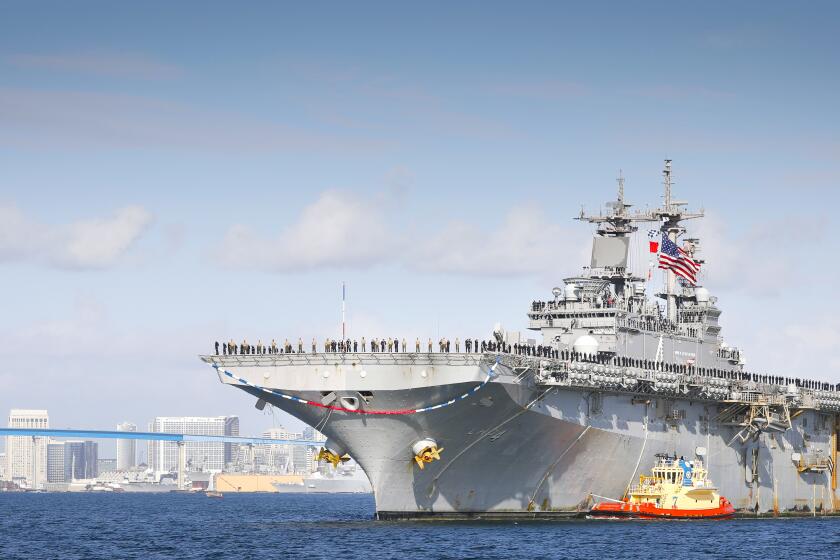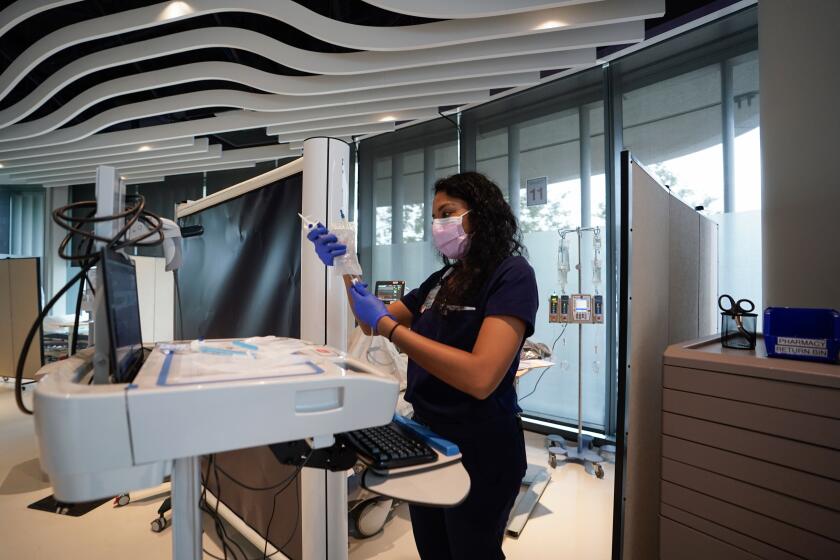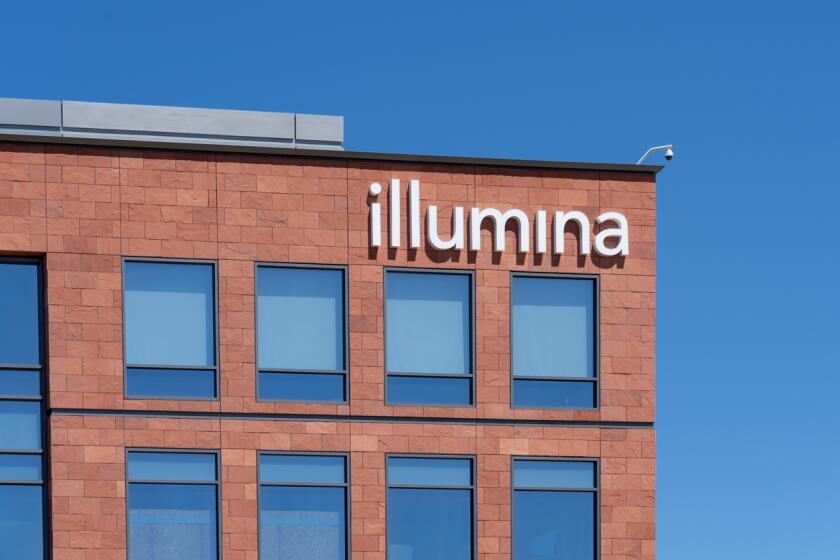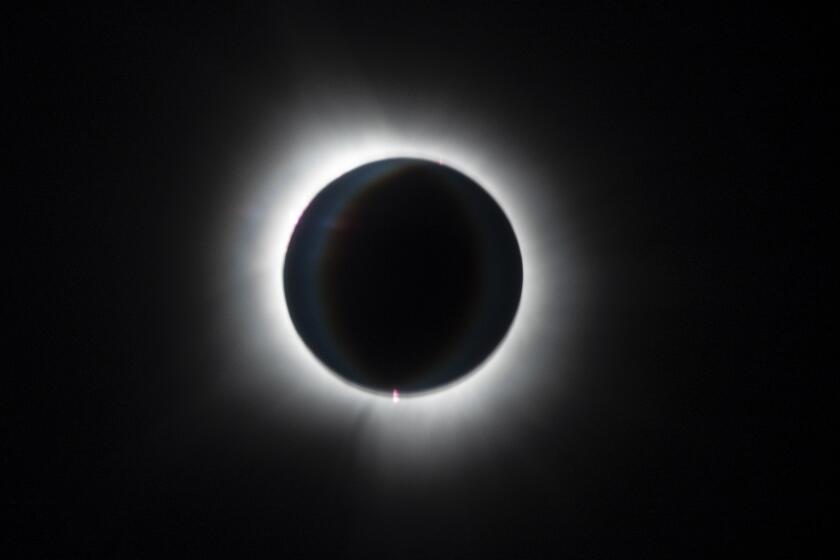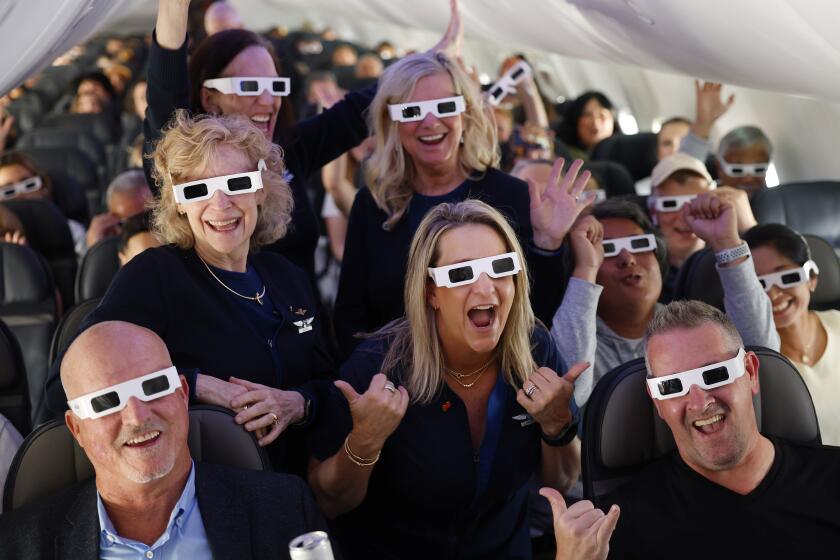“A Beautiful Planet” tells beautiful tale of Earth
San Diego County looks brownish-orange from space. Or at least it did about a year ago. Astronauts aboard the International Space Station took photos of the area during fly-bys capturing iconic images of a region deep in drought.
The images represent one of many eye-popping moments in “A Beautiful Planet,” a new IMAX film that opens on Friday, July 1, at the Reuben H. Fleet Science Center in San Diego’s Balboa Park. Most of the film was shot from space station during a recent 15-month period.
The movie was produced and directed by veteran filmmaker Toni Myers, whose earlier efforts include “Blue Planet” (1990), “Hubble 3D” (2010), and “Space Station 3D” (2002).
Myers visited San Diego this week to preview her film. She also spoke at length with the Union-Tribune. The interview has been edited for space, clarity and continuity.
Q: You’ve have worked for decades in large-format films, looking at everything from the oceans to space. You’ve particularly focused on space. Why does it have such a grip on you?
A: There is no bigger palette than space. There are a lot of areas of exploration, fascination. So each time I make a film I get a whole education in a different discipline. You also get to meet the real explorers (astronauts). There’s also the attraction of what you can’t have for yourself (going into space).
Q: It wasn’t that long ago that you did a film on the Hubble Space Telescope. Does your new film represent some unfinished business with space? Is the evolving technology of film allowing you to show something even better?
A: No, it wasn’t quite that.
Leonardo DiCaprio was the narrator of “Hubble.” We were sitting around talking about his environmental involvements and he told me that his mom had brought him to the California Science Center (in Los Angeles) when he was 10, and that he had seen “Blue Planet.’’That didn’t make me feel old at all (laughs).
I thought that maybe it was time we went back to the subject. The difference between then and now is that we have a completed space station. We have people living in space, observing the Earth. So a lot has changed.
NASA was enthusiastic. But they also said that with the retirement of the shuttle they wouldn’t be able to fly IMAX cameras and film any more. We knew that we had to bite the digital bullet.
Q: Did you have any reluctance to moving to the new technology?
A: In my view, there is nothing better than an IMAX camera for capturing certain things. The high resolution images, the brightness of the picture. But I was anxious to try digital because I knew that it has a much broader, dynamic range. We would be able to capture things like scenes at night which were not possible on film because film is too slow. It opened up the whole world of night to us.
Q: You trained members of four different space station crews to do videography for the film. What was that like?
A: We had a wonderful crew training manager -- James Neihouse -- who also was director of photography. The two of us trained the crews over a period of about eight months, totaling about 26 hours per crew. We trained them how to be filmmakers, cinematographers -- how to direct their fellow crew members in interior scenes, how to expose and frame the exterior scenes, how to record sound, everything they needed to make a complete little movie.
We turned them loose in the simulator and said, “Here are the cameras, here at the lights, make your own little home movie here. We’re not going to give you any guidance at all.” They went ahead and did that, then we threw it up on an IMAX so they could see the movie on a 60-foot by 80-foot screen.
Q: Was the directing difficult? Astronauts are trained to do practical things very quickly, and you were trying to bring out their artistic side.
A: It was a wonderful thing to do because so much of (life) on the space station is very practical and technical. They’re doing scientific experiments, and a lot of station maintenance. So they loved having something more freewheeling, and fun. We have trained over 160 astronauts in 25 years and I haven’t met one that wasn’t funny, creative, flexible, easy to teach.
Q: You’ve seen the entire arc of the manned space program. The early astronauts were kind of rowdy guys --
A- Sure, the “Right Stuff” crowd.
Q: Today, astronauts are very conscious of everything that they do and say. NASA has a very corporate feel to it. Did you have any problems bringing out the astronaut’s personalities?
A: Not at all. Their senses of humor are absolutely wonderful. They’re having fun doing this. They gravitate toward it. They all have very dynamic personalities, and are from completely different backgrounds. (Astronaut) Samantha Cristoforetti’s parents owned a resort in the Italian Alps. She grew up running across mountain tops looking at the night sky. She sang “Twinkle, Twinkle” to little kids from space station.
She said some of the most amazing things in this film, things that I couldn’t possibly have written.
Q: You said that some of the astronauts would call you from space station to ask questions. What were they saying to you?
A: I’d get calls saying, ‘What do you think about this idea?” We would answer the best we could. I would ususally say, ‘Well, give it a try.” We would get it (the footage) in a couple of days and I would make up a little PowerPoint. I’d say (things like) this is a little too close, or the focus isn’t quite right in various layers here, and send it back to them.
Q: In the film you talk about renewable resources, climate change, water supplies. Is it difficult write a script on something like this? Climate change is a loaded term; it gets politicized. How do you strike the right tone so that people get the message you’re trying to convey?
A: Yes, it’s very politicized. The issue of environmental change, for sure. I think there’s a place for arguments for those (sort of things) in the press, on television. I really wanted to show people what Earth is like from space. You can see some undeniable evidence of the affects that burning fossil fuels have had on the planet. The main mission of the film is to say, “We haven’t solved these problems yet --. But some we have. If we put our minds to it, instead of arguing about it and politicizing it, we could do a lot more.”
Q: Are you finding it difficult to connect with young people? They have Instagram, Snapchat, Facebook -- they are so inundated with images. How do you get their attention?
A: I don’t find that to be a problem. Young people are open and receptive to the film’s message. I talk to hundreds and hundreds of school kids. They ask the best questions. They are very open to what the film is saying and embrace the need to do something.
Q: There are moments in life when we see things that just stop us. As you were putting this film together, was there a moment in which you saw something that stopped you?
A: Certainly the aurora borealis. Absolutely. It’s so utterly amazing just to look at. It is so beautiful you think that this must be CGI special effects.
I (also) love the pictures of the Great Lakes for the shear detail and the grandeur of winter over the northern US and Canada. Seeing New Zealand was a revelation. I’ve been trying to get that shot for 25 years; it was always clouded up.
Q: If you had been able to go to the space station, would this movie have been very different?
A: I don’t know how to answer that. I’ve seen enough of what they’ve shot to know that I would love it (up there). I don’t think that’s going to happen.
Q: What is next for you?
A: I’m a grandmother now. I have a six year-old grandaughter and I also have two step-grandchildren in Pittsburg who are teenagers, I’m really looking forward to spending time with them.
After 45 years of never having more than a couple of weeks off (at a time), I’m looking forward to putting my feet up for a while.
Get Essential San Diego, weekday mornings
Get top headlines from the Union-Tribune in your inbox weekday mornings, including top news, local, sports, business, entertainment and opinion.
You may occasionally receive promotional content from the San Diego Union-Tribune.


